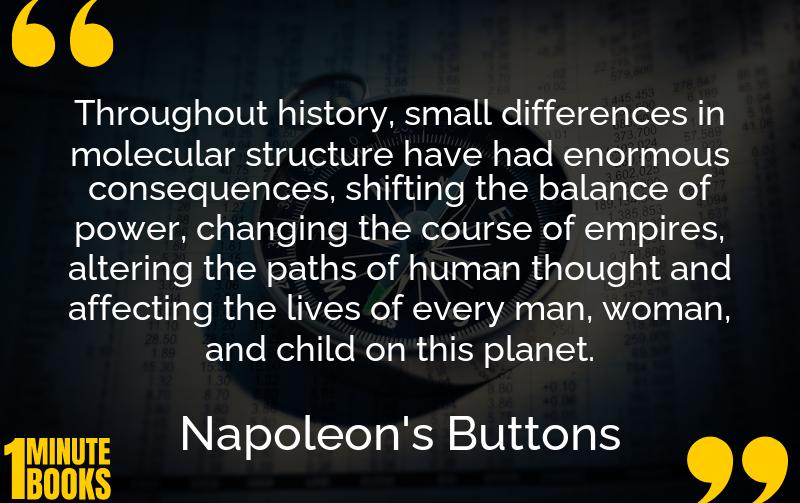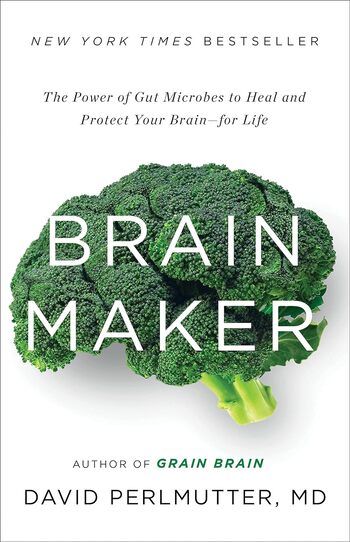
Napoleon’s Buttons explores the fascinating connections between chemistry and history, illustrating how 17 molecules have significantly impacted societal progress and global events.
Main Lessons
- Chemistry’s influence on history can be seen in everyday materials encountering pivotal moments.
- Pepper, nutmeg, and cloves not only flavored food but also propelled the spice trade, altering global economics.
- Understanding vitamin C’s role in preventing scurvy revolutionized naval exploration and health.
- Sugar plantations drove economic and social changes, highlighting the complex impact of agricultural commodities.
- Cellulose’s role in textile manufacturing was a key driver in the Industrial Revolution.
- The demand for silk spurred international trade routes, while nylon’s versatility extended far beyond fashion.
- Synthetic dyes transformed textile industries, influencing organic chemistry and industrial processes.
- Vulcanization of rubber allowed for advancements in transportation and industry.
- Soap, with improved cleaning power, greatly enhanced public health practices.
- Alkaloids like morphine and caffeine show the dual nature of compounds as both beneficial and potentially harmful.
- While effective insecticides and refrigerants, DDT and CFCs showed the environmental cost of chemical innovation.
- Aspirin paved the way for modern pharmaceuticals, impacting health care deeply.
- Phosphorus and nitrogen compounds vital for agriculture also highlight chemistry’s role in warfare.
- Sulfuric acid is essential in various industries, powering economic growth significantly.
- Urgot alkaloids illustrate chemistry’s cross-section with cultural beliefs and historical witch trials.
- Penicillin’s discovery marked a pivotal moment in medical history, ushering in the antibiotic era.
- DNA’s discovery revolutionized biology and genetics, leading to monumental technological and medical advancements.








